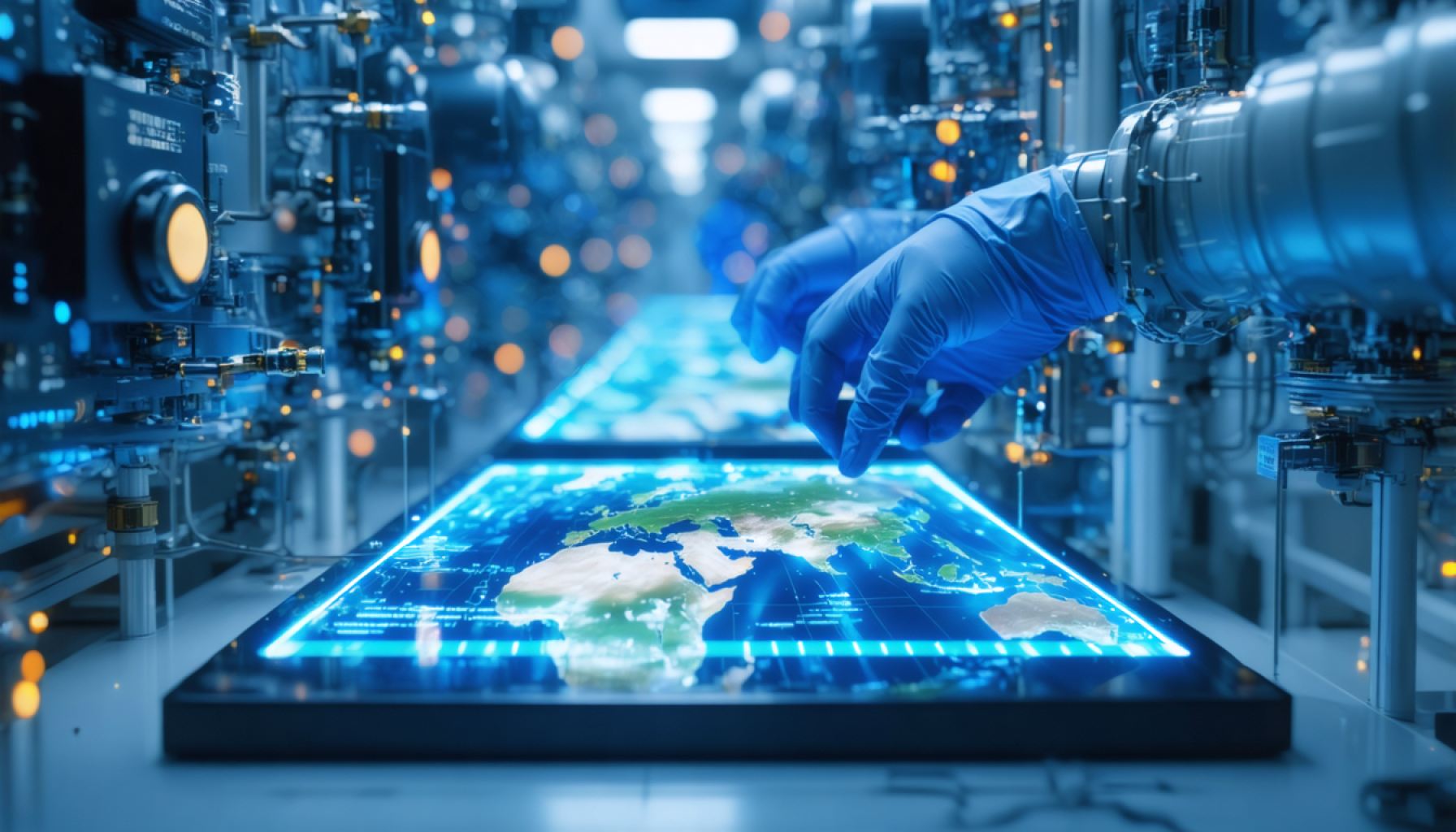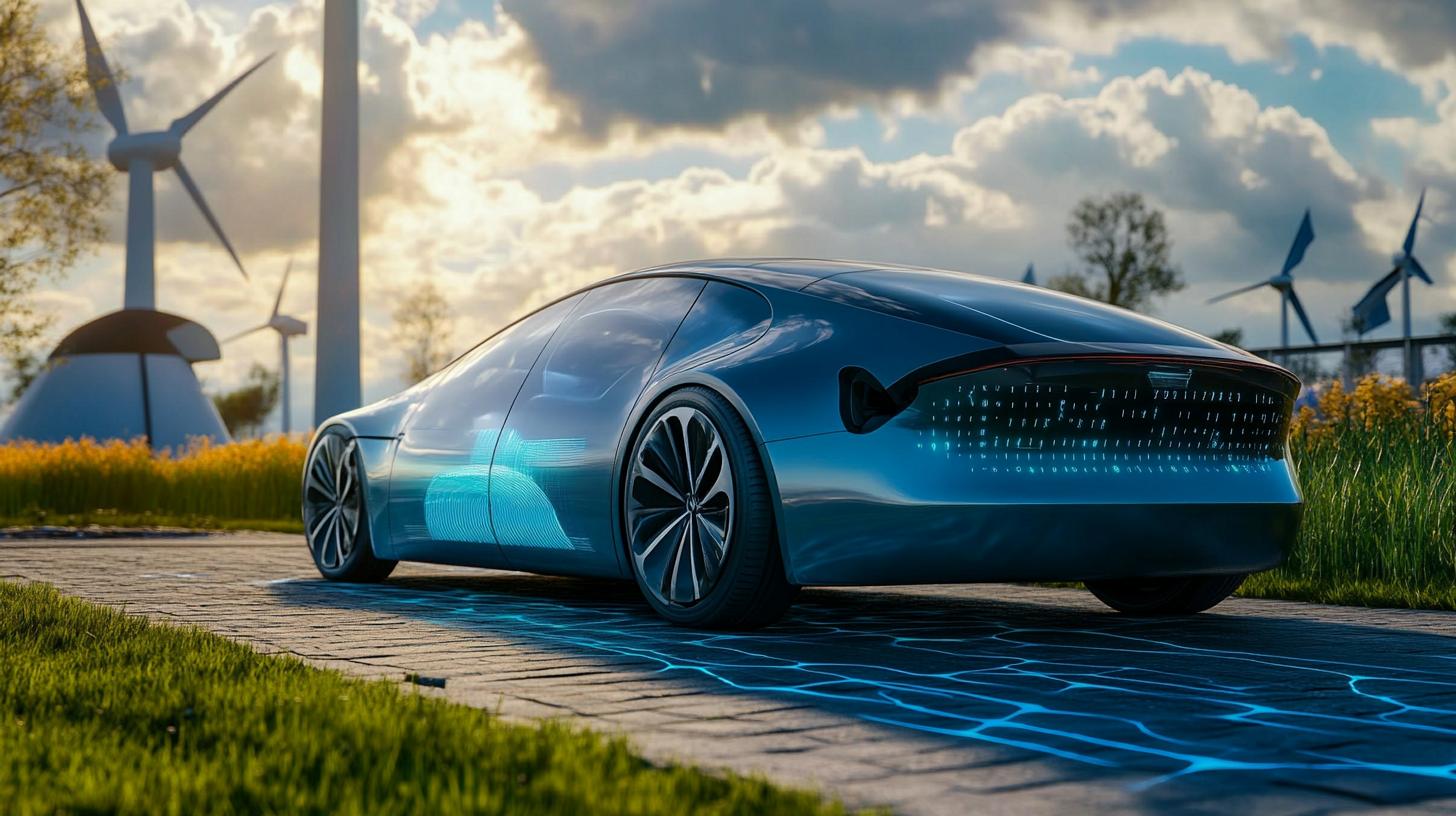- Recent advancements in battery technology could allow electric cars to charge in minutes and smartphones to last a week.
- Sodium-ion batteries are emerging as a cost-effective and abundant alternative to traditional lithium-ion batteries.
- These batteries maintain high energy density and long lifecycles, performing well in extreme temperatures.
- Sodium extraction is less harmful to the environment compared to lithium, minimizing water use and habitat disruption.
- Companies like CATL and Natron Energy are leading in improving sodium-ion battery performance and scalability.
- The shift towards sodium-ion technology offers sustainable and eco-friendly energy solutions for various industries.
- Battery innovations are key to meeting growing energy demands while promoting ecological balance.
Imagine a world where your electric car charges fully in minutes, not hours. Envision smartphones that last a week on a single charge. This reality is closer than you think, thanks to groundbreaking advancements in battery technology.
Modern lifestyles demand relentless energy, and traditional lithium-ion batteries are being pushed beyond their limits. But fear not; the future of energy storage holds thrilling potential. Sodium-ion batteries are making waves as the next big thing in sustainable energy. Made from materials as common as salt, these batteries promise to be both cost-effective and abundant compared to their lithium counterparts. With environmental concerns and resource scarcity escalating, the shift away from lithium is a beacon of hope.
Sodium-ion technology isn’t a pipe dream. Recent trials reveal these batteries can maintain high energy density and long-life cycles, rivaling the most advanced lithium-ion models. Additionally, their stability under extreme temperatures makes them perfect for a wide array of applications, from smartwatches to electric vehicles. Picture sweltering deserts or frigid winters where your devices continue to thrive without a hitch.
This innovation doesn’t just fuel human ambition; it champions ecological balance. Traditional lithium extraction has significant environmental impacts, often associated with excessive water use and habitat disruption. In contrast, sodium is plentiful, and its extraction process requires minimal environmental disruption.
As our energy demands grow, the push for cleaner, faster, and more efficient power sources intensifies. Battery innovations will spearhead this transition. Pioneers in the field, like CATL and Natron Energy, are at the forefront, diligently enhancing the performance and scalability of sodium-ion prototypes.
The implications are profound. Impacts on industries from automotive to consumer electronics will reverberate across the globe, ushering in an era where energy is accessible, renewable, and eco-friendly.
Every leap in technology embodies the spirit of progress, and battery innovations offer a bright glimmer of the future. As we stand on the cusp of an energy revolution, one thing is certain: the quest for sustainable, ground-breaking power sources propels us toward a cleaner, more energized tomorrow.
Revolutionary Battery Tech: Will Sodium-Ion Batteries Soon Overtake Lithium-Ion?
The Promise of Sodium-Ion Batteries
Sodium-ion batteries are emerging as a transformative force in energy storage. While the article outlines the basic advantages of sodium-ion technology over traditional lithium-ion batteries, it’s essential to delve deeper into the finer details that fuel this promising shift.
Key Features and Advantages of Sodium-Ion Batteries
1. Abundance and Availability: Sodium is one of the most abundant elements on Earth, present in the oceans and easily extractable from salts like common salt (NaCl). This contrasts significantly with lithium, which is less abundant and geographically concentrated in regions such as South America’s Lithium Triangle.
2. Cost-Effectiveness: Due to their abundance, sodium-ion batteries are potentially much cheaper to produce. This cost reduction is not only due to the raw materials but also because the supply chain could become less dependent on geopolitically sensitive sources.
3. Environmental Sustainability: Sodium extraction is generally more environmentally friendly than lithium extraction. It requires less water and doesn’t cause as much ecological disruption. This factor is critical as industries strive to minimize their carbon footprint and environmental impact.
Future Market Trends and Insights
– Rising Demand: As electric vehicles (EVs) and renewable energy systems become more widespread, the demand for sustainable and efficient energy storage solutions like sodium-ion batteries is expected to surge.
– Research and Development: Companies like CATL, Natron Energy, and various startups are investing heavily in R&D to improve the energy density and charge/discharge rates of sodium-ion batteries to match those of their lithium counterparts.
– Industry Applications: Sodium-ion batteries’ stability in extreme temperatures makes them ideal for applications in harsh environments. Industries such as automotive, aerospace, and electronics stand to benefit significantly.
How-To Steps: Transition to Sodium-Ion Batteries
1. Evaluate Current Battery Usage: Determine your devices’ or systems’ current battery performance and needs.
2. Assess Compatibility: Check if sodium-ion batteries can seamlessly replace lithium-ion in your particular applications, considering size, energy density, and voltage requirements.
3. Choose a Reliable Supplier: For those in manufacturing or large-scale industries, partnering with a reputable supplier of sodium-ion technologies is crucial. Companies like CATL are leading the way.
4. Monitor Developments: Keep an eye on the latest advancements and pilot projects in sodium-ion technology to optimize your energy storage strategies.
Challenges and Limitations
– Energy Density: Currently, sodium-ion batteries generally have a lower energy density compared to their lithium-ion counterparts, which could impact their acceptance in applications requiring compactness or long runtime without increased size.
– Current Industrial Scale: The infrastructure for mass manufacturing sodium-ion batteries is still developing, potentially delaying widespread adoption.
– Performance Optimization: While promising, these batteries still require enhancement in charge/discharge efficiency and lifespan to outpace lithium-ion technology fully.
Quick Tips for Immediate Application
1. Stay Informed: Regularly update yourself with the latest research articles, technological advancements, and market trends in battery technology.
2. Support Sustainable Initiatives: Encourage and participate in renewable energy projects that prioritize environmentally friendly battery options.
3. Adopt a Hybrid System: For immediate impact, consider a transition strategy where both sodium-ion and lithium-ion batteries are used depending on application requirements.
With advancements progressing rapidly, sodium-ion batteries are positioned to not only complement but potentially supersede lithium-ion technology, driving towards a more sustainable and energy-efficient future.
For more insights and updates on technological advancements, visit TechCrunch or Scientific American.














